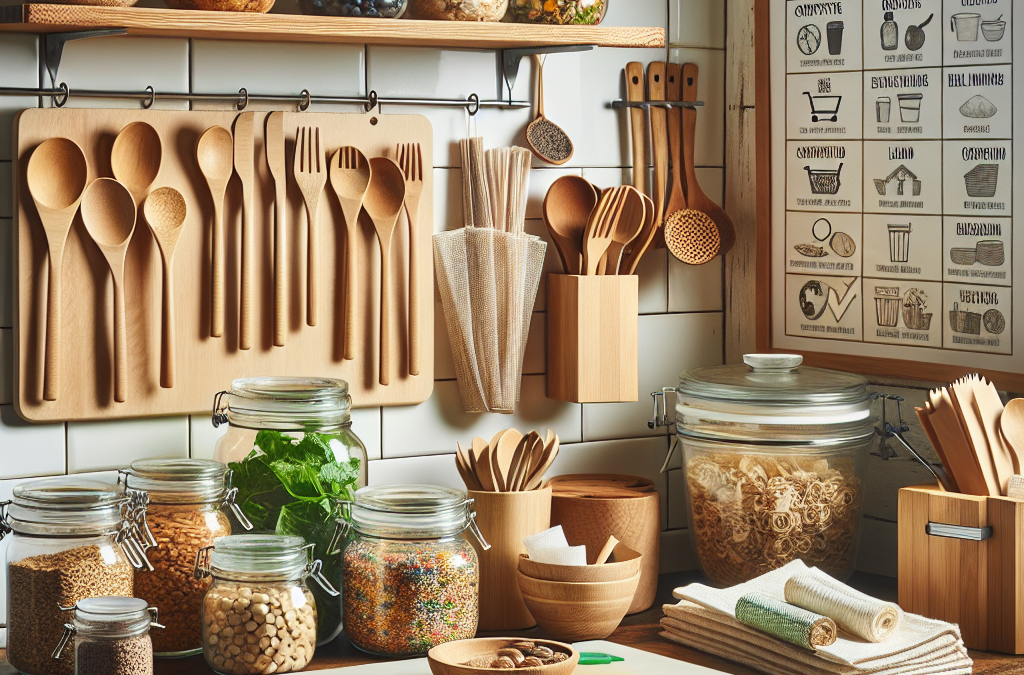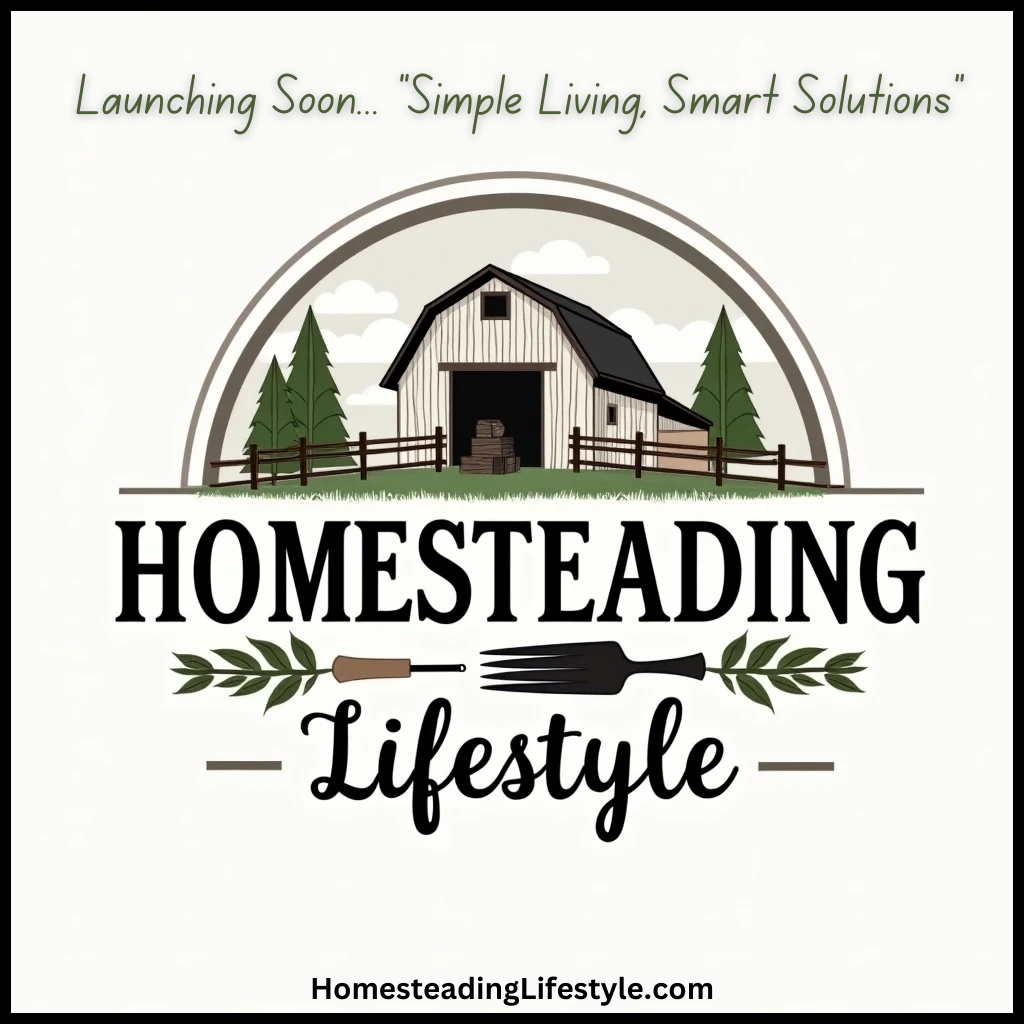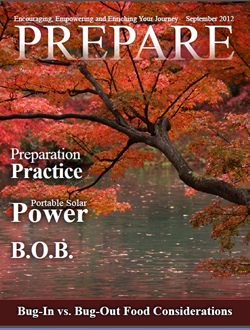1. Embrace Reusable Products
Choosing the Right Reusables
Transitioning to a zero-waste kitchen starts with selecting the right reusable products. In my experience, every small change counts, and it’s best to start with items you use every day. Consider investing in reusable bags for grocery shopping. These not only cut down on plastic use but are also more durable in the long run.
Next, think about food storage. Instead of plastic wrap, I swapped to beeswax or silicone wraps, which are super convenient and eco-friendly. They keep your food fresh without harming the planet!
Lastly, don’t forget about utensils and dishware. I made the shift to stainless steel and bamboo utensils, which are great for cooking and serving. They’re not just practical; they also add a touch of style to your kitchen!
Finding Inspiration and Resources
Getting motivated to adopt these changes can be challenging at first. I recommend following social media accounts that focus on zero waste living. These platforms are brimming with tips, inspiring stories, and even DIY hacks that make the journey easier and more fun.
Books on sustainable living can also be helpful. I found a few that are packed with not just recipes but ways to minimize waste in the kitchen and beyond. They’ve been a great resource to keep me on track!
Finally, joining local groups or forums can provide solid community support. Sharing your journey with others makes it less daunting and often brings fresh ideas to the table.
Make it Fun!
One of the best pieces of advice I can give is to incorporate fun into your zero-waste journey. Challenge yourself to see how little waste you can produce each week. It’s like a personal game! You might surprise yourself with the creative solutions you come up with.
Invite friends over for a ‘zero-waste potluck’ – everyone can bring a dish using local ingredients and in reusable containers. It’s a great way to bond while supporting eco-friendly practices.
Lastly, don’t be too hard on yourself. Remember, the goal is progress, not perfection. Celebrate small victories along the way and share them with friends and family!
2. Plan Your Meals Wisely
Creating a Flexible Meal Plan
Meal planning has completely transformed my cooking experience. I learned that creating a flexible meal plan helps in utilizing ingredients before they spoil. Start by writing down what you already have—it’s a great way to minimize waste and get organized!
When I plan meals, I like to incorporate similar ingredients across multiple recipes. This not only saves time but ensures I use everything up, thereby reducing overall waste. And it often leads to some unexpected, delightful culinary creations!
Keep it flexible, though. Life can be unpredictable, and plans might change. Being adaptable has been super helpful for me, allowing me to adjust meals based on what I feel like eating or what needs to be used up soonest.
Make a Shopping List
A solid shopping list is vital. Trust me, wandering the aisles aimlessly leads to impulse buys and unnecessary waste. I always take stock of my kitchen before heading out. This way, I only buy what I need, which not only saves money but also prevents food from going to waste.
I also encourage keeping a running list in your kitchen. Whether it’s on a notepad or an app, jotting down items as you use them helps ensure nothing gets overlooked. It really helps me stay on track and reduces leftover items that might eventually spoil.
When crafting your list, consider buying in bulk. This allows you to buy just what you need, and it’s often more economical and requires less packaging. Just be sure you’ll actually use what you buy!
Leftover Management
Leftovers can be a hassle if not managed well. I’ve found that having set days for leftovers can help make meals exciting rather than monotonous. A “clean out the fridge” night works wonders for utilizing those bits and pieces.
In addition, I love experimenting with leftover ingredients. If I have extra veggies, they can easily become a stir-fry or soup. It’s amazing how a little creativity can turn what seems like leftovers into a gourmet dish!
Lastly, storing leftovers correctly can make a big difference. Use clear containers so you can easily see what you have and avoid the dreaded mystery leftovers at the back of the fridge.
3. Composting: Nature’s Recycling System
Understanding Composting Basics
If you’re looking to reduce waste significantly, composting is essential. It’s like having nature’s own recycling system right in your kitchen or backyard. Start by understanding what can be composted—fruits and vegetable scraps, coffee grounds, and even some paper products are great candidates!
When I started composting, I was amazed at how much my waste output decreased. It’s a simple process that helps turn organic waste into nutrient-rich soil. Plus, it’s a fulfilling experience to know you’re contributing to healthy soil.
There are several composting methods available. From indoor worm bins to outdoor compost heaps, I found choosing what fits your space and lifestyle is key to maintaining a successful composting routine.
Choosing the Right Compost Bin
Selecting a compost bin that suits your needs can make the process smoother. I personally love my aerobic compost bin because it speeds up decomposition. If you live in a smaller space, a countertop compost container could be the perfect solution for your vegetable scraps.
Make sure your bin is accessible, so it’s easy to use regularly. Plus, you’ll want to ensure it has good ventilation to avoid unpleasant smells. Trust me—it makes a world of difference, and the last thing you want is to scare away composting due to odor!
Also, feel free to experiment with DIY compost bins. The internet is filled with creative ideas that can save you money and help customize your setup.
Utilizing Compost in Your Garden
Using compost doesn’t stop at just making it. Incorporating the compost into your garden is where the magic happens! It revitalizes your soil, leading to better plants and a healthier ecosystem.
Whenever I plant, I mix compost into the soil to give my plants the best nutrients. It’s incredibly rewarding to see the results and know it’s a result of recycling what would’ve been waste.
If you don’t have a garden, consider sharing your compost! Local gardeners or community gardens often appreciate the nutrient-rich addition. It’s a great way to connect with others interested in sustainable practices.
4. Sustainable Food Sourcing
Buying Local and Seasonal
Shopping local is not just trendy; it’s an excellent way to minimize your carbon footprint. I enjoy visiting farmers’ markets where I can buy seasonal produce. Not only does it support local agriculture, but seasonal foods often require less transportation, which cuts down on waste.
It’s fascinating to see how the types of fruits and veggies change with the seasons. I’ve been inspired to try new recipes based on what’s fresh and available. It’s not only more exciting but also supports a healthier diet!
Building relationships with local growers can also be a game changer. They’re often more than happy to share tips on how to prepare their produce, and you might even get a heads-up about upcoming harvests!
Reducing Processed Food Consumption
A big step towards a zero waste kitchen is cutting down on processed foods. I used to stockpile canned goods and frozen meals, but I’ve learned that fresh ingredients are so much healthier (and often cheaper!). It’s amazing how much waste comes from packaging and preservatives.
Plus, cooking from scratch opens a world of flavor. I’ve really enjoyed experimenting with basic ingredients and discovering new favorite meals. The more you cook, the more comfortable you become, and it’s actually quite rewarding!
Start small; even transitioning just one meal a week can make a difference. With time, you’ll find yourself relying less on processed options and more on whole foods.
Mindful Eating Practices
Mindful eating plays a significant role in reducing kitchen waste. It’s all about savoring the food you eat, making sure you enjoy every bite. When I started practicing this, I noticed I felt fuller and more satisfied, helping me waste much less!
Pay attention to portion sizes as well; it’s often wise to serve smaller amounts and go back for seconds if we’re still hungry. This practice not only reduces waste but also encourages thoughtful consumption.
Lastly, sharing meals with friends and family is a beautiful way to connect. It encourages everyone to appreciate the food and each other, making the dining experience more meaningful.
5. Educate Others
Share Your Knowledge
One of the most fulfilling aspects of my zero-waste journey has been sharing what I’ve learned with others. Whether it’s friends or family, I love discussing little changes they can make to their kitchen routines. It’s such a simple way to spread the message, and you never know who might be inspired!
Host workshops or cooking classes to demonstrate zero-waste cooking and storage skills. It’s a great way to engage the community, and people often appreciate hands-on experiences more than just reading about it.
Social media is another powerful tool. I share my successes and challenges, helping raise awareness and encouraging others to think more sustainably.
Creating Community Initiatives
Engaging with the community can amplify your impact. I joined local clean-up events and sustainability initiatives to not only meet like-minded individuals but also foster our love for a cleaner planet. You’d be surprised at how motivated everyone feels when they come together for a cause!
If there aren’t initiatives in your area, starting one can be highly rewarding. It could be a neighborhood composting program or a local food swap. Once you get the ball rolling, it’s incredible to see how many people jump on board!
Involving schools in these efforts can also make a significant impact on future generations. Teaching kids about sustainability through fun activities is a great way to instill these values early on.
Continuing the Conversation
Never underestimate the power of conversations. Keep talking about sustainability with everyone around you—friends, coworkers, even at social gatherings. I’ve found that casual discussions often lead to learning new ideas and strategies.
Participating in eco-focused online forums can also enhance your knowledge and provide support from like-minded individuals. Sharing our experiences is how we become better and make more significant collective change.
Also, listen actively! Learning from others’ journeys can provide fresh perspectives and encourage collaboration on future projects. The key is to keep the dialogue flowing and inspire one another!
FAQ
1. What is a zero-waste kitchen?
A zero-waste kitchen is a space where you aim to minimize waste production to the greatest extent possible. This includes using reusable products, reducing food waste, and composting organic matter.
2. How do I start meal planning effectively?
Begin by assessing what you already have in your kitchen. Create a flexible meal plan incorporating those ingredients and be sure to make a shopping list to avoid buying unnecessary items.
3. Is composting difficult?
Not at all! Composting can be as simple as having a dedicated space for scraps. As you get the hang of it, you’ll discover what works best for you and how it can greatly reduce kitchen waste.
4. How can I support local farmers?
Visiting farmers’ markets and purchasing seasonal produce is one of the best ways to support local agriculture. You can also engage with local cooperatives or community-supported agriculture (CSA) programs.
5. What can I do to encourage friends and family to go zero-waste?
Share your knowledge and experiences! Hosting a fun potluck, starting conversations, or even organizing workshops can engage others and inspire them to make changes in their own kitchens.





